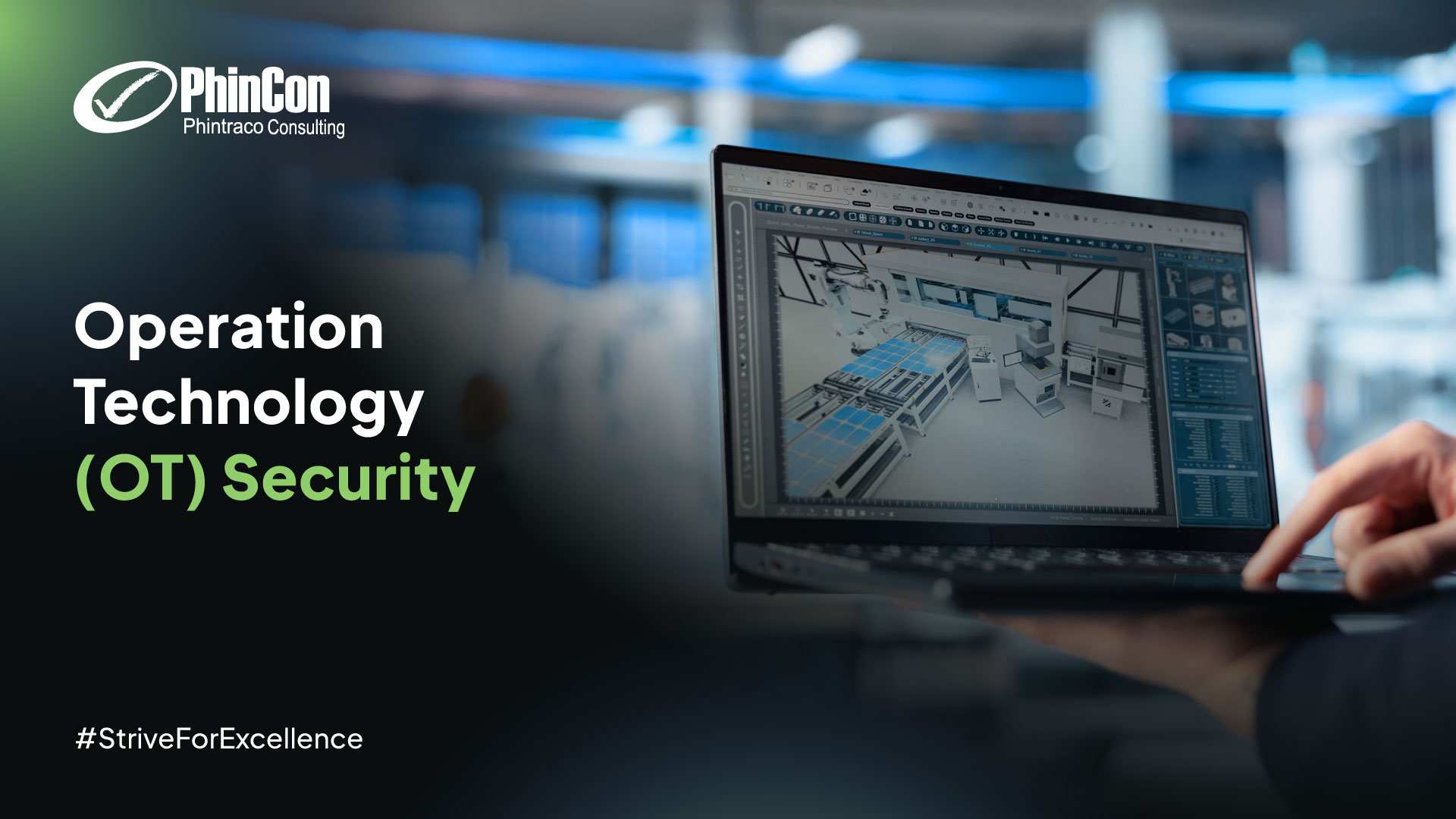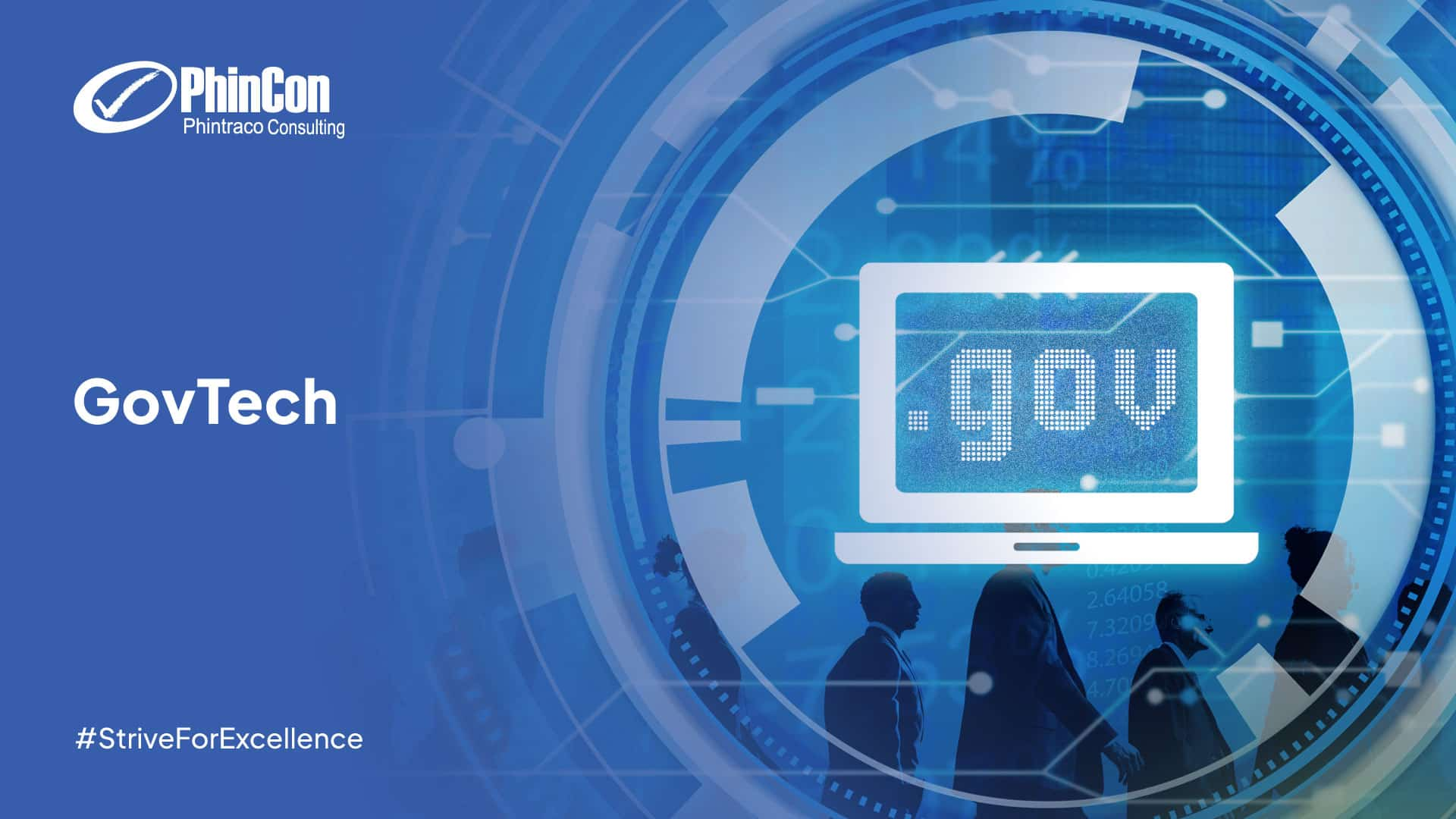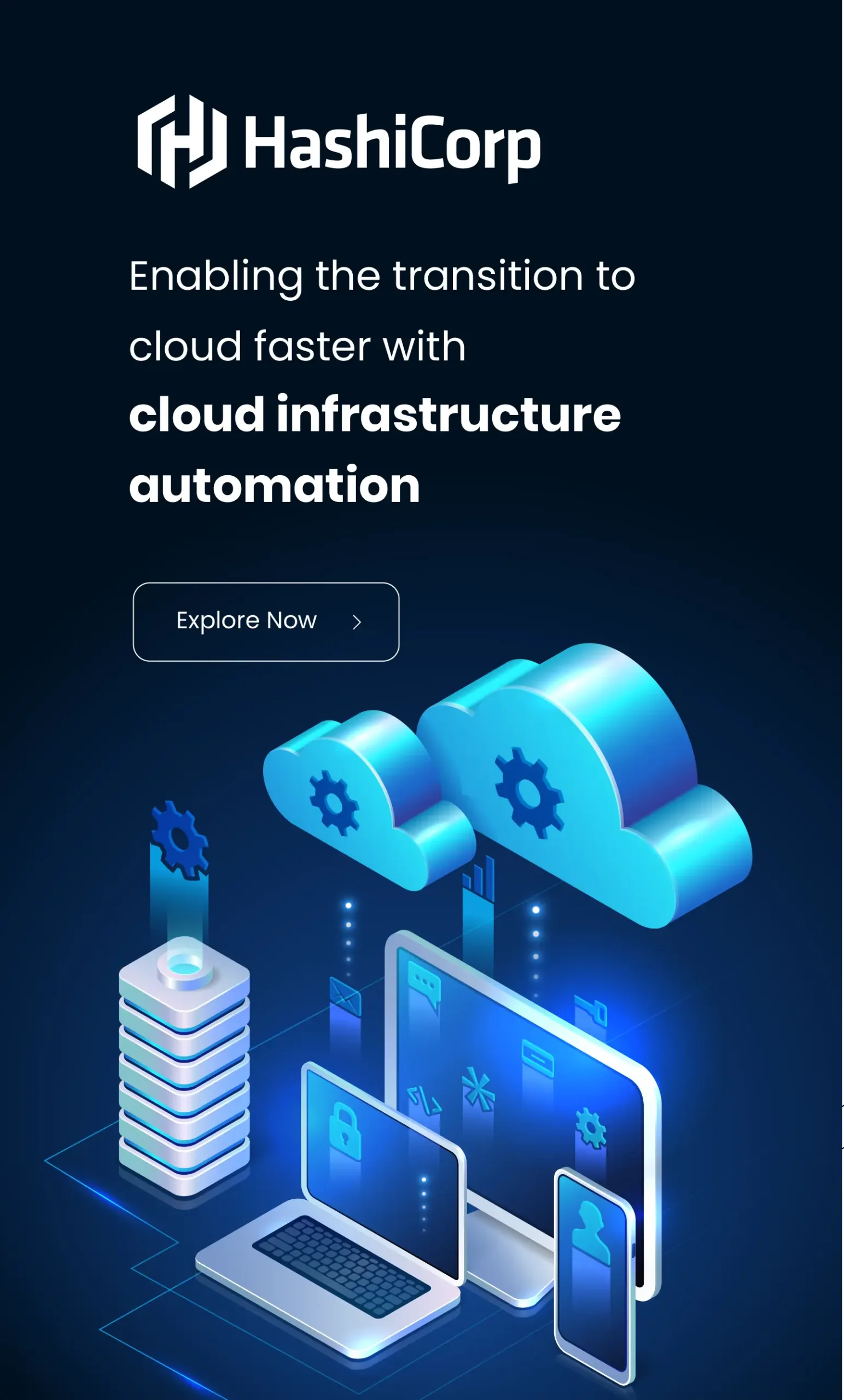Blog and News

Operation Technology Security: Mitigating Industrial Cyber Threats
Previously, cybersecurity concerns were mainly centered around protecting databases, networks, and sensitive information. However, the stakes have grown much higher in today’s interconnected industrial environments. Cyberattacks are no longer limited to stealing data. They also pose serious risks to physical equipment and operational systems that control critical infrastructure. Unlike traditional IT systems, OT systems manage real-time processes like machinery, valves, and robotic arms. This is why operational technology security is crucial to protect this equipment and prevent fatal consequences. This article will explore operation technology security, its importance, and best practices in implementing operation technology.
What is Operation Technology (OT) Security?
Operation technology (OT) security is the best practice for securing and maintaining the hardware and software systems that monitor, control, and automate physical processes in industrial environments. These environments include sectors such as manufacturing, energy, utilities, oil and gas, transportation, and critical manufacturing.
Traditionally, OT cybersecurity wasn’t needed as OT systems weren’t connected to the Internet, reducing their exposure to outside threats. However, the rise of the Internet of Things (IoT), Industrial Internet of Things (IIoT), and digital transformation led to greater connectivity between IT and OT systems. This makes OT security a must-need practice to implement.
OT security architecture covers various industrial components, including industrial control systems, field devices, networking equipment, servers, databases, etc. The main goal of operation technology security is to safeguard the integrity, safety, and availability of industrial operations against cyber threats that could disrupt or damage physical processes.
Differences Between Operational Technology (OT) vs Information Technology (IT) Security
Operation technology (OT) and information technology (IT) security differ in their focus, systems protected, environment, and security priorities.
IT security is designed to protect data confidentiality, integrity, and availability. This includes safeguarding IT systems such as servers, computers, applications, databases, and networks that manage digital data and communication. It also plays a crucial role across various environments, including general computing, cloud platforms, office networks, and widely used operating systems like Windows and iOS. The primary concern is to prevent unauthorized access to sensitive data and ensure continuous, temperature-controlled data processing and communication. IT security systems are designed to be updated regularly to defend against evolving cyber threats.
In contrast, OT security focuses on the safety, availability, and continuous operation of physical processes and machinery. It controls and monitors industrial equipment such as robots, sensors, pumps, valves, and supervisory control and data acquisition (SCADA) systems. Unlike IT, OT systems often run on legacy software that isn’t frequently updated without risking operational disruption. The primary concern of OT security is to prevent physical damage, ensure operational continuity, and protect human safety, as cyber attacks on OT can lead to fatal consequences such as equipment failure and safety hazards.
Why is Operation Technology (OT) Important?
Operation technology (OT) security is critically important to protect the physical industrial processes and architecture from cyber threats, ensuring operational safety and reliability. Here are several reasons why OT security is essential:
- Protecting Critical Infrastructure: OT security controls critical services such as power plants, water treatment, and transportation networks. Cyberattacks on these systems can cause widespread outages, environmental disasters, or even physical harm to people.
- Ensuring Operational Continuity: OT systems often require high availability and can’t be easily taken offline for maintenance. Security breaches can cause costly downtime, disrupt supply chains, and damage business reputation. OT security helps prevent these risks by maintaining seamless, uninterrupted operations.
- Safeguarding Public Safety: Since OT security controls physical processes, cyber incidents can lead to accidents, injuries, or environmental damage. Robust OT security mitigates these risks by preventing unauthorized access and system manipulation.
- Addressing Unique Security Challenges: OT environments often involve legacy systems, proprietary protocols, and specialized industrial equipment that traditional IT security doesn’t cover. Protecting these unique assets from cyber threats requires tailored solutions.
- Mitigating Supply Chain Risks: OT security also addresses vulnerabilities in third-party software and hardware that can be exploited in supply chain attacks, further protecting industrial operations.
Best Practices in Implementing Operation Technology (OT) Security
It’s important to go beyond basic protection measures to secure industrial systems effectively. Here are several best practices to implement operation technology (OT) security:
Implement Network Segmentation
Dividing OT networks into isolated zones limits attackers’ lateral movement and confines breaches to smaller segments. Micro-segmentation creates control zones within the network, enhancing defense layers and preserving operational continuity even if part of the network is compromised.
Enforce Strict Access Control
Applying the principle of least privilege will restrict access to OT systems only for authorized users and devices necessary for their roles. Strong authentication methods, including multi-factor authentication, strong passwords, and biometric verification, can reduce the risk of unauthorized access. These controls are crucial for both internal users and third-party vendors.
Implement Continuous Threat Monitoring
Conduct continuous monitoring with security information and event management systems, intrusion detection and prevention systems, and next-generation firewalls. These systems are crucial to detect real-time suspicious activities, malware, and anomalies. Define clear criteria for suspicious activity to minimize false positives and ensure timely threat response.
Asset Inventory and Prioritization
Maintain an up-to-date centralized inventory of all OT assets, including hardware, software, and network connections. Prioritize assets based on their criticality to operations to effectively focus protection and incident response.
Manage Human Behavior and Incident Response
Adequate OT security also includes managing human factors through behavior analytics, security-aware design, and robust incident response plans. Balancing security measures with operational usability ensures that security protocols do not hinder efficiency but protect against human-related risks.
Regularly Update and Patch OT Systems
Keeping OT systems and firmware current is essential to protect against known vulnerabilities. However, patches must be carefully tested in controlled environments before deployment to avoid operational disruptions. A robust patch management process with vulnerability assessments ensures timely updates without compromising system stability.
Strengthen Your Operation Technology Security Effectively with PhinCon’s IT Outsourcing Solutions
As cyber threats increasingly target data and physical systems, businesses must strengthen their OT environments with the right expertise. PhinCon Pte Ltd supports your OT security efforts by providing access to top-tier Indonesian IT talent through our comprehensive IT outsourcing services.
Whether you are expanding to Indonesia and need local IT experts or are seeking remote IT professionals, our end-to-end IT outsourcing services cover everything, from recruitment and onboarding to payroll and tax administration. Our IT talent pool includes IT experts at various levels and roles. Our IT roles include Android Developer, iOS Developer, Fullstack Developer, Golang Developer, Mobile Developer, Quality Assurance, DevOps, Business Analyst, Solution Architect, Project Manager, L2 Operation Support, and more.
Partner with PhinCon to build a secure, reliable OT infrastructure with the right people behind it. For more information regarding our IT outsourcing solutions, contact us through email sales.sg@phincon.com.
Editor: Irnadia Fardila
Popular Posts





